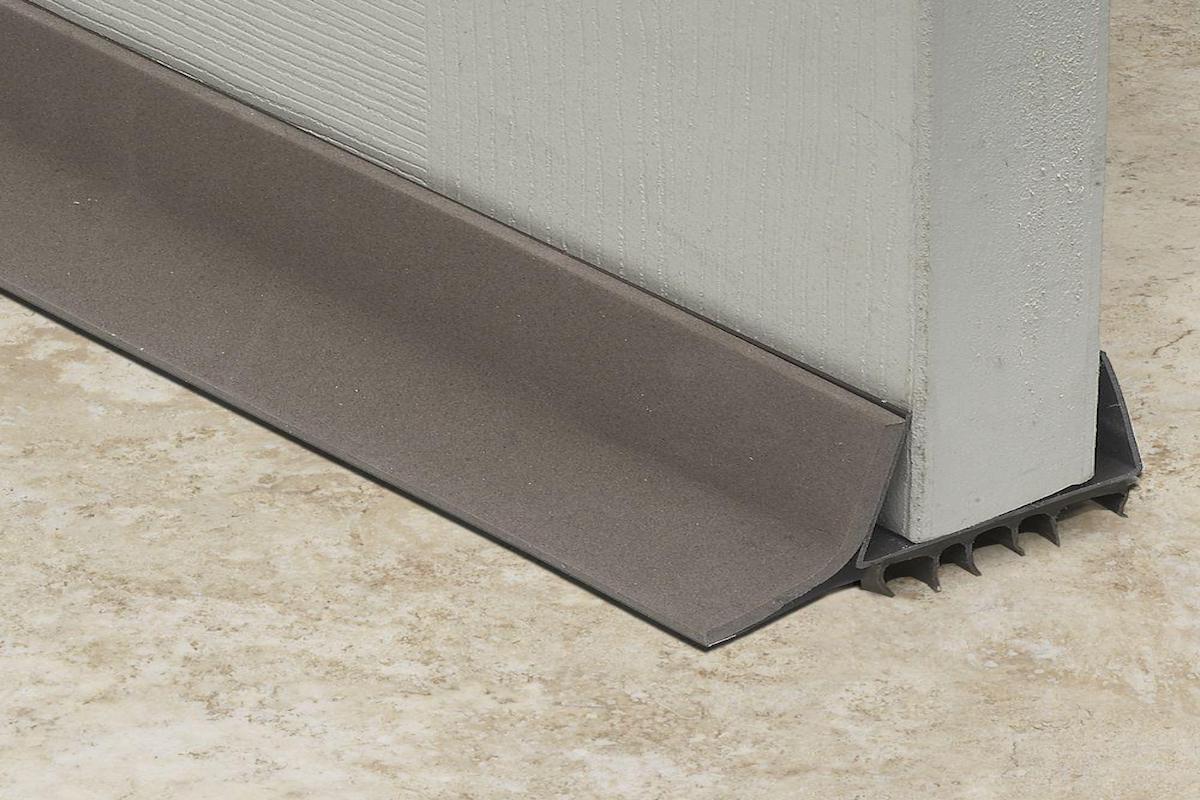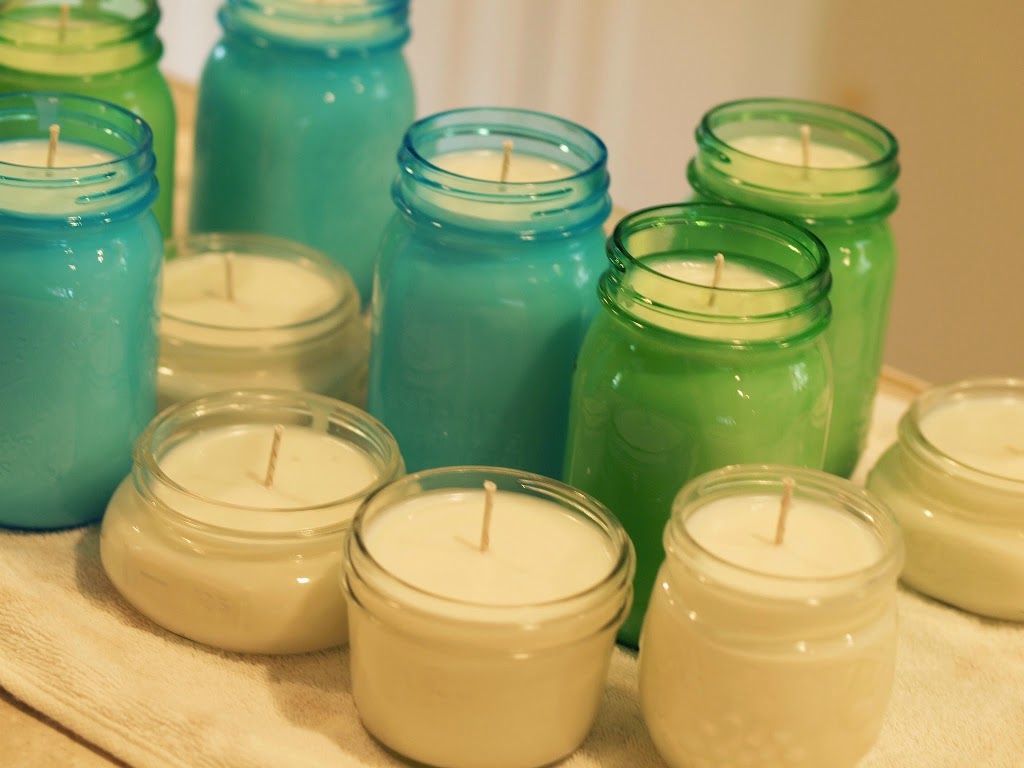The potential energy savings from reducing air leaks or drafts in the home can be as high as 40% per year. Caulking, filling gaps and adding weather stripping to eliminate a home’s drafts and temperature differences will help to make you feel much more comfortable in your home.
Here are some steps you can take to make your home more energy efficient:
Save up to 40% on your energy bill by Reducing Drafts.
1. Sealing Air Gaps in the Home:
According to the Environmental Protection Agency, air leakage can account for anywhere from 25 percent to 40 percent of the energy used for heating and cooling a typical home. That’s why experts say a $25 investment in four tubes of a home sealant to seal up drafts and leaks in a home could result in hundreds of dollars of energy savings. Proper sealing is a low-cost, one afternoon investment that will pay for itself in years of reduced energy costs and increased comfort.
How to Guide on Sealing Gaps and Cracks in the Home
Look for gaps, cracks or leaks around window and door frames, in the attic and basement, anywhere building materials join, and any areas where the walls are penetrated, such as electrical and plumbing fixtures. Look for daylight that’s visible through cracks around window and door frames.
Use lighted incense sticks to locate the source of leaks. Air drafts will cause the plume of smoke to waver or flow in the direction of air leakage. As an alternative to using incense smoke, you can use your dampened hand. Drafts of air will feel cool on your damp skin.
While there are a variety of sealant options, silicone sealants, such as GE Silicone II, are thought to provide the best seal against water and the elements because they don’t shrink or crack and they remain flexible. Additionally, they can be used indoors or out. Paintable silicone, such as GE Silicone II XST, provide the benefits of a silicone sealant for applications that require painting. In addition to reducing energy leaks, some sealants contain ingredients to control other household risk factors, such as unhealthy and unsightly mold and mildew.
Make sure that the surface you are sealing is clean and well-prepared. Clean any dust or dirt particles with water. Do not use soap. Use a knife to remove any remnants of old caulk. After you have removed most of the old caulk with a blade, clean any remaining residue with a mild abrasive or rubbing alcohol.
2. Add Weather Stripping and Sealing Products to Reduce Drafts in the Home:
Seal Off Leaky Old Windows
Did you know that an old drafty window can be made to perform as well or better than a top of the line window with respect to keeping out the cold by simply adding a few dollars worth of shrink plastic over the top? That is because the plastic forms an air-tight wind barrier and also coverts your old window and storm into a triple pane window
Seal Off Leaky Old Doors
Doors can be a major source of heat loss since the heat can quickly be transported out cracks and gaps. The solution is to seal off these gaps. And it doesn’t cost much! One place where a lot of heat escapes is along the bottom of the door. A solution is to install a threshold seal like the one shown in the photo on the left (click to enlarge). In this particular door, I also have a seal along the bottom, but it doesn’t hurt to add the extra seal since this is where the coldest air will be.
Product Recommendations for Sealing Gaps under the Door:
Drafty Door Prevention products.
The Twin Draft Guard – it’s easy it Slides right under the Door.
The Twin Draft Guard is getting great reviews at working wonders in blocking out drafts, but only if you have the right door, reviewers say. The foam tubes are easy to trim to the proper size, and installing the Twin Draft Guard beneath a door is simple. If the space between the door and floor is small enough, and the floor isn’t carpeted, the Twin Draft Guard tends to stay in place and successfully blocks drafts from homes.
Users who have larger gaps between their doors and floors find that the Twin Draft Guard doesn’t work for them. At best, it doesn’t create an airtight seal; at worst it tends to either get stuck under the door, or the door opens right over it. Those who have carpeted floors also find that the Twin Draft Guard gets stuck on the carpeting, rather than gliding smoothly over it like the commercial demonstrates.







